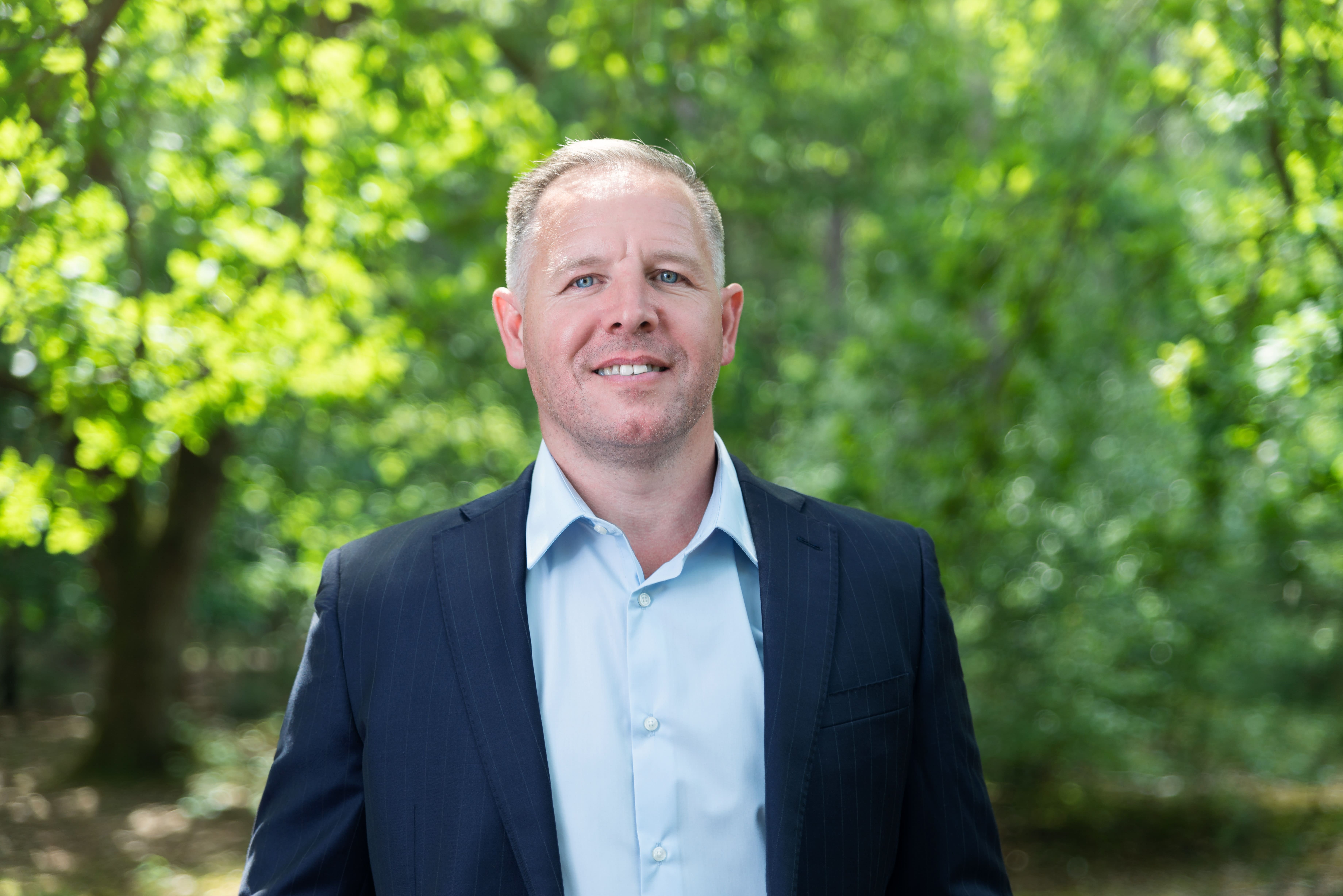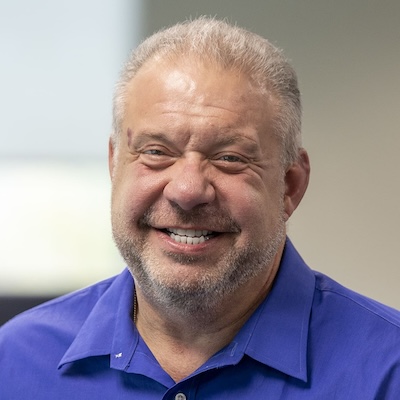Physical Fitness with a Dementia

This article is a reprint of “4 MYTHS ABOUT Aging” at Aging Defeated. These guidelines apply to everyone and also apply to those living with a dementia; especially someone who has been able to contain their dementia with Energy Medicine.
More information on containing a dementia is available at https://internationalcaregiversassociation.com/
Not long ago, most folks – including scientists – believed that our bodies simply wear out as we age. And that does seem to be sort of a common sense way of looking at it. So most of us resigned ourselves to the march of time, which meant achy joints, fragile bones, withering muscles, failing eyesight, wrinkled skin and unreliable memory.
But before you start wallowing in this defeatist mentality, take a look at some inspiring new research that proves you can stem the tide of physical aging.
Below we’ll debunk four common myths about how the body ages …
#1 Myth: You can’t escape creaky, achy joints
It turns out that not exercising is one of the main mistakes that make painful joints inevitable. Researchers at Monash University School in Australia observed 176 women aged 40 to 67 with no clinical osteoarthritis or history of significant knee injury1.
The women all had magnetic resonance imaging on their dominant knee to assess tibial cartilage volume and defects. The participants also completed a questionnaire to determine Exercise habits. Researchers found that those who exercised at least once every two weeks for 20 minutes or more had more healthy cartilage in their knees. This study suggests that people who are physically active are less likely to develop arthritis.
#2 Myth: Muscles will wither
There is a bit of truth here, as it’s normal to experience loss of muscle mass (a condition called sarcopenia) after age 40. This is largely because aging muscle becomes populated with malfunctioning mitochondria, the little powerhouses found in all cells. When mitochondria tank, muscle cells waste away and fat cells set up housekeeping.
But this doesn’t have to be everyone’s fate! An important study2 published in Public Library Science offers hope. Canadian researchers biopsied muscle from active and sedentary adults between 53 and 75 years old. It turned out the couch potatoes’ muscles had few robust mitochondria. In contrast, active adults’ muscles featured almost as many thriving mitochondria as you’d find in much younger adults.
And here’s the good news: the study found just about any exercise can improve and even reverse the signs of aging in muscles.
#3 Myth: It’s too late to benefit from exercise
Nothing could be further from the truth! In the oft cited Nurses’ Health Study3, researchers surveyed more than 13,500 women on their Lifestyle habits. The scientists found that even if you don’t become active until middle age, exercise still greatly improves your odds of aging without cognitive or physical issues or developing a chronic disease.
In more good news, researchers in the United States and Europe have deduced that just about any kind of activity, at any age, helps preserve telomeres – the caps on the ends of chromosomes in your cells. When these caps become shorter, the cell stops dividing and dies. Exercise can help maintain telomere length, which potentially extends a cell’s life span. Even better, research shows that even moderate physical activity can provide this protective effect.
#4 Myth: Bones are more likely to break with age
Not necessarily! You see, researchers now believe inactivity is the biggest threat to bone health. Indeed, it’s proven that the best type of activity for bone health is weight-bearing exercise, which promotes formation of new bone.
Multiple studies4 with older men and women who performed weight-bearing exercise, or wore weighted vests, showed increases in bone mineral density, bone strength and bone size. In other studies5, researchers found that exercise can also help protect against bone loss in post-menopausal women, including those with osteoporosis or osteopenia.
Now, you don’t have to become a gym rat – merely walking is a weight-bearing exercise! Using exercise bands or carrying light weights while you walk will give you additional benefit, but proceed with caution as apparently some people injure themselves.
References”
- Menopause. 14(5):830-834, SEP 2007
- Melov S, Tarnopolsky MA, Beckman K, Felkey K, Hubbard A (2007) Resistance Exercise Reverses Aging in Human Skeletal Muscle. PLoS ONE 2(5): e465.
- “Nurses’ Health Studies“. The Nurses’ Health Study. 2016-08-16. Retrieved 2017-07-17.
- J Biomech Eng. 2015 Jan;137(1). doi: 10.1115/1.4028847.
- https://cals.arizona.edu/cpan/files/Metcalfe%20ACSM%20final%20article.pdf
NOTE: Always check with your physician prior to starting a physical fitness program.
Source: https://agingdefeated.com/4-myths-about-aging/ retrieved for my network members on August 12, 2019

























